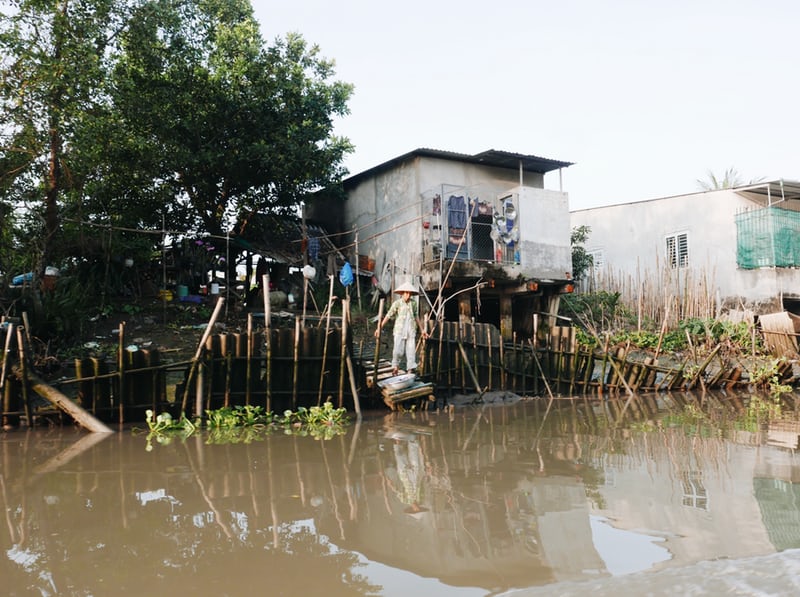Up to 20 million people are displaced only as a result of natural disruptions, and this number is expected to increase over the coming years. “The environmental displacement can be identified as a legal protection gap”, as environmental refugees are currently not covered by any international law – noted Isabel Borges, Associate Professor in Norwegian Business School, at a recent conference held in Brussels on climate refugees.
On 11 March 2020, the EESC hosted a live conference with academics and professionals working on migration and climate. The conference focused on the understanding and addressing the implications that climate change poses on the displacement of people as well as on providing recommendations to bring awareness to the decision-makers on the present crisis. “Such a crisis has been neglected for years”, President of the EESC Sustainable Development Observatory, Peter Schmidt, added during the discussion, “hence we must put pressure on the politicians to act for the benefit of all people and not just of some”.
What does this mean for migration?
Compared to Economic Displacement, the global report on internal displacement shows that 61% of the internal displacement are triggered by natural disasters. The impacts of climate change are increasing, and while being the least responsible for climate change, the world’s poor are the most exposed to its effects. It is expected that in the future, “migration will become people’s first choice, therefore we need to pragmatically debate on migration” pointed out François Gemenne, Director of Hugo Observatory, over the course of the conference. Since 2008, an average of 21.7 million people has been displaced each year by extreme weather disasters. This number does not include the people who were forced to flee their homes as a consequence of droughts.
A legal protection gap?
To date, the environmental refugees are not covered by any international law considering that no compelling arguments have been made to the international community to accept that persons forced to leave their countries because of environmental reasons fall within the Convention’s definition of a refugee. Under the current legal framework, those forced to leave their countries because of climate change would only be able to legally enter in another country if they fulfil immigration laws which are often themselves narrow and limited. As a result, there is a need for a legal framework and guidance to support the enhanced protection of the rights of people displaced due to climate change.
What can the EU do?
During the discussion, a set of recommendations for the European Union was provided with regard to the need to support and give more attention to different organizations who have already taken initiatives in strengthening the human rights including the rights of the environmentally displaced people as well as a stronger mandate of the task force of the displacement which was raised on the Paris Agreement. Among these comments, the panellist, Isabel Borges, highlighted that “Environment has to be seen as an autonomous factor for displacement”.
According to Nina Birkeland, Senior Advisor for disaster displacement and climate change on the Norwegian Refugee Council, the following initiatives could help reduce the displacement risk:
- Climate change mitigation
- Migration as adaptation
- Planned relocation
- Climate change adaptation
- Disaster risk reduction
- Resilience building
However, such resolutions can only be the initial actions. Regulatory frameworks, technical support and capacity building are the underlying prerequisites to the protection of people displaced by climate change.

Leave a Reply